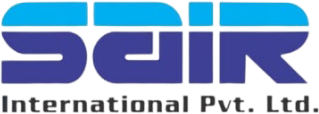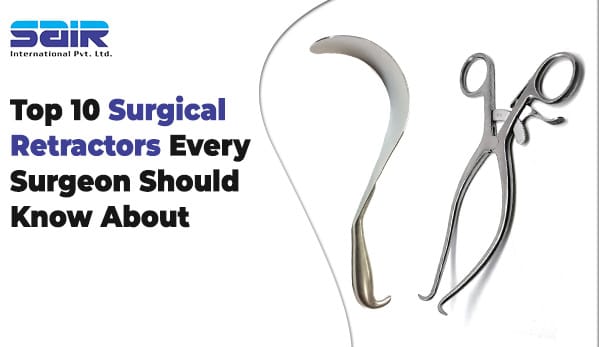Surgical retractors are indispensable tools in the operating room. They provide surgeons with a clear view and access to the surgical site by holding back tissues, organs, or other structures. The right retractor can significantly impact the outcome of a procedure by improving visibility, minimising tissue damage, and enhancing precision. With a wide array of retractors available, knowing the most essential ones is crucial for any surgeon. Below is a detailed guide to the top 10 surgical retractors every surgeon should be familiar with.
1. Weitlaner Retractor
The Weitlaner retractor is a self-retaining tool widely used in orthopedic and general surgeries. It features sharp or blunt prongs and a locking mechanism that allows it to stay in place without constant manual adjustment.
- Applications: Soft tissue surgeries, minor orthopedic procedures, and superficial incisions.
- Key Features: Hands-free operation, reducing fatigue for surgical assistants.
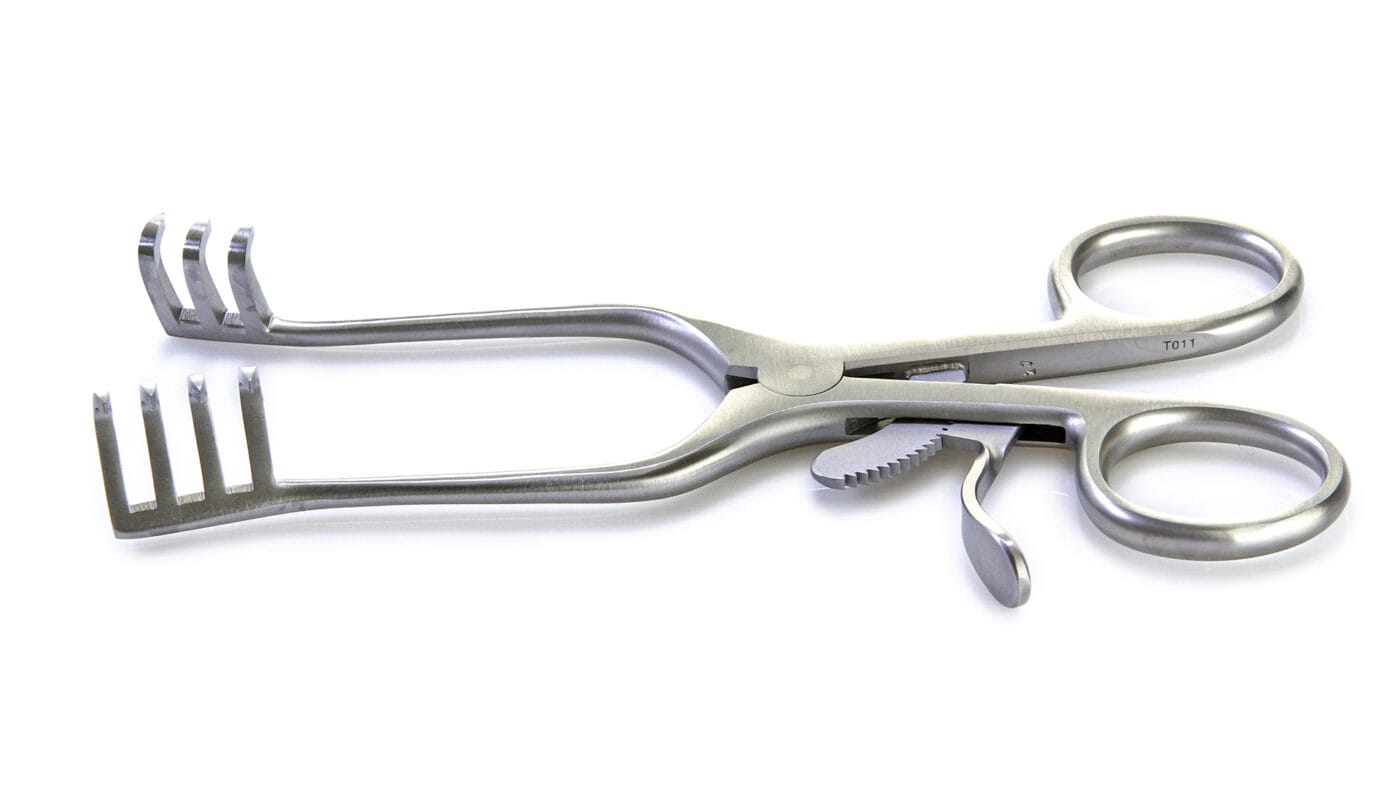
2. Richardson Retractor
The Richardson retractor is a handheld tool with a curved blade and a sturdy handle, making it a staple in abdominal surgeries. Its design ensures the safe retraction of tissues while protecting underlying organs.
- Applications: Abdominal and thoracic surgeries.
- Key Features: Durable design with multiple blade sizes to suit various procedures.
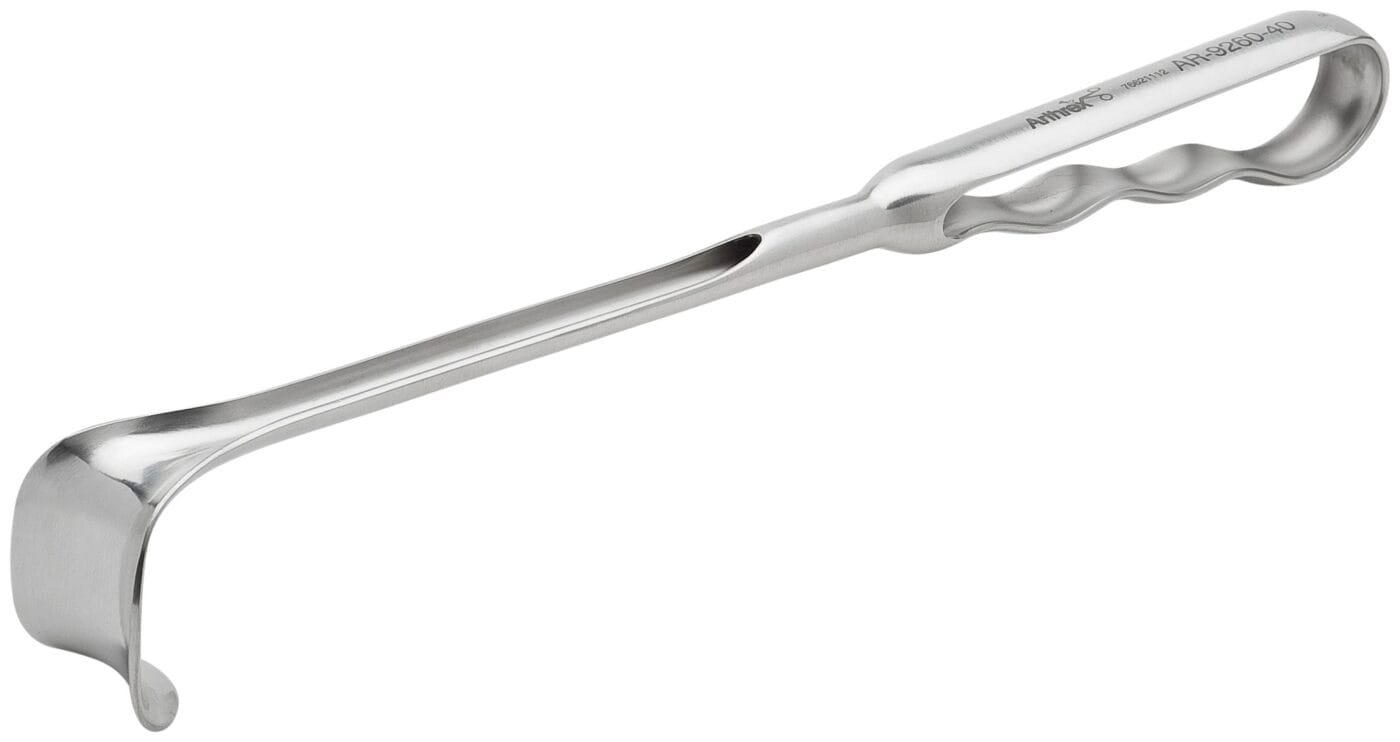
3. Army-Navy Retractor
The Army-Navy retractor is a versatile, double-ended instrument used for shallow or superficial incisions. Its compact size and straightforward design make it a favorite in minor surgical procedures.
- Applications: Plastic surgery, orthopedic procedures, and minor wound exploration.
- Key Features: Lightweight and easy to handle, with smooth edges to minimize tissue trauma.
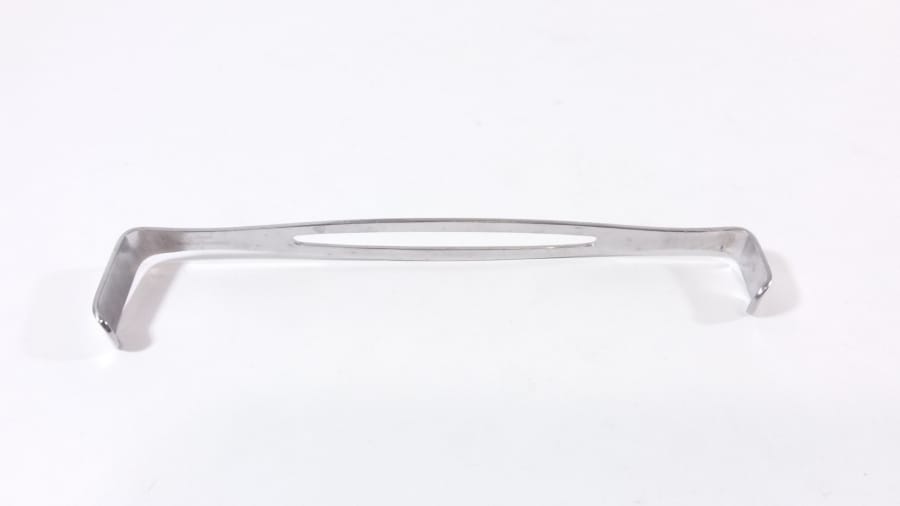
4. Senn Retractor
The Senn retractor is a small, handheld instrument with a double-ended design. One end has a flat blade, while the other features three prongs, which can be blunt or sharp.
- Applications: Hand surgeries, skin grafting, and small soft tissue procedures.
- Key Features: Compact and easy to maneuver in confined spaces.
5. Balfour Retractor
The Balfour retractor is a self-retaining instrument specifically designed for abdominal surgeries. It has a wide frame with adjustable blades to keep the abdominal cavity open.
- Applications: Open abdominal surgeries, such as bowel resection and exploratory laparotomy.
- Key Features: Adjustable blades for better customization and stability.
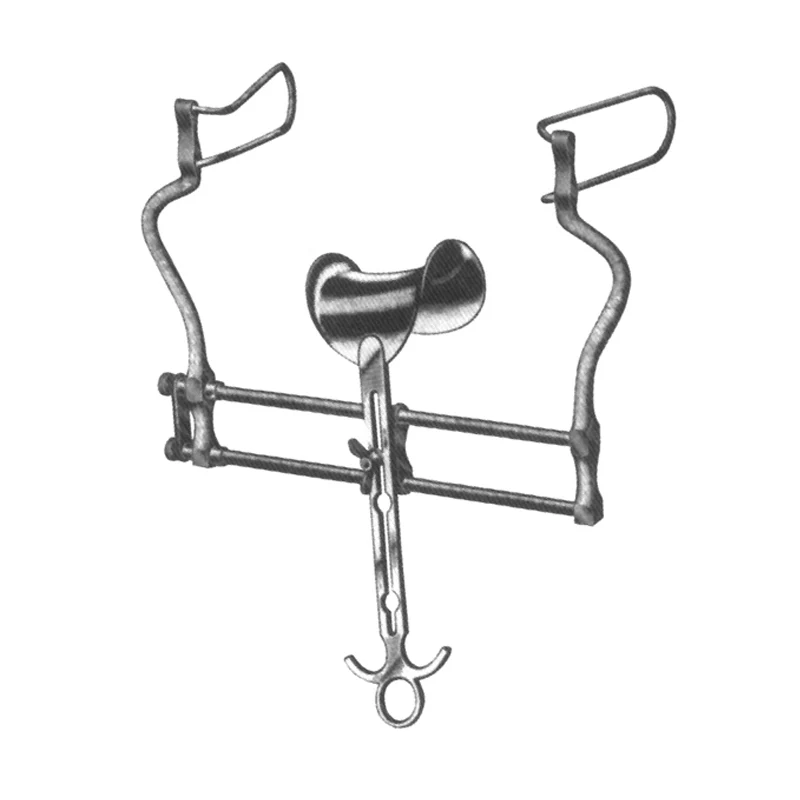
6. Gelpi Retractor
The Gelpi retractor is another self-retaining tool with sharp, curved tips that hold tissue apart. Its design makes it ideal for deep and narrow surgical sites.
- Applications: Neurosurgery, spine surgery, and general orthopedic procedures.
- Key Features: Sharp points for secure placement and minimal interference with the surgical field.
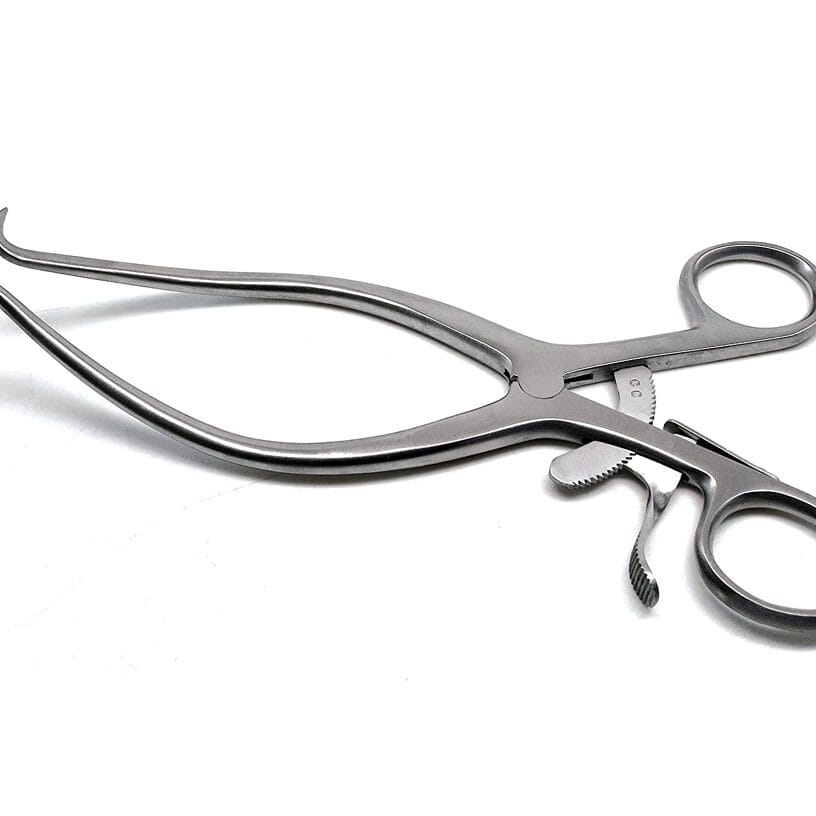
7. Deaver Retractor
The Deaver retractor is a large, handheld tool with a curved, flat blade. It is specifically designed for deep abdominal or thoracic cavities.
- Applications: Abdominal and chest surgeries, particularly when deep organ exposure is required.
- Key Features: Available in various sizes to accommodate different depths and widths of surgical sites.

8. Rake Retractor (Volkmann Retractor)
The Volkmann rake retractor is a handheld instrument with multiple prongs, making it ideal for soft tissue surgeries. It is lightweight and easy to handle, with blunt or sharp tips depending on the procedure.
- Applications: Plastic surgery, minor orthopedic surgeries, and general soft tissue procedures.
- Key Features: Multiple prong options for tailored retraction needs.
9. Malleable Ribbon Retractor
The malleable ribbon retractor is a highly flexible tool that can be bent into various shapes to suit specific surgical requirements. It is often used in complex surgeries requiring customized retraction angles.
- Applications: General surgery, cardiovascular procedures, and gynecological surgeries.
- Key Features: Adaptability to diverse surgical needs, with a smooth surface to protect tissues.
10. Hohmann Retractor
The Hohmann retractor is a handheld instrument commonly used in orthopedic surgeries. Its blade is flat and broad, designed to retract soft tissue and expose bone structures effectively.
- Applications: Fracture repairs, joint surgeries, and other orthopedic procedures.
- Key Features: Various blade sizes for precise retraction in small or large surgical sites.
Choosing the Right Retractor
Selecting the appropriate retractor depends on several factors:
- Surgical Procedure: Different surgeries require specific retractors tailored to the anatomy involved.
- Tissue Type: The texture and fragility of the tissue determine whether a blunt or sharp retractor is needed.
- Depth of Incision: Deep surgeries often require retractors with longer blades or specialized designs.
- Surgeon’s Preference: Familiarity and comfort with a particular retractor can also influence the choice.
Maintenance and Care of Surgical Retractors
To ensure the longevity and effectiveness of retractors, proper maintenance is essential:
- Cleaning: Sterilize instruments thoroughly after each use to prevent contamination.
- Inspection: Regularly check for damage or wear, especially in self-retaining mechanisms.
- Storage: Store retractors in a dry, organized environment to avoid corrosion or misplacement.
Conclusion
Surgical retractors are fundamental tools that enable surgeons to perform precise and efficient operations. Understanding the top retractors and their applications ensures optimal outcomes and enhances surgical performance. By selecting the right retractor and maintaining it properly, surgeons can focus on what matters most: delivering excellent patient care.
